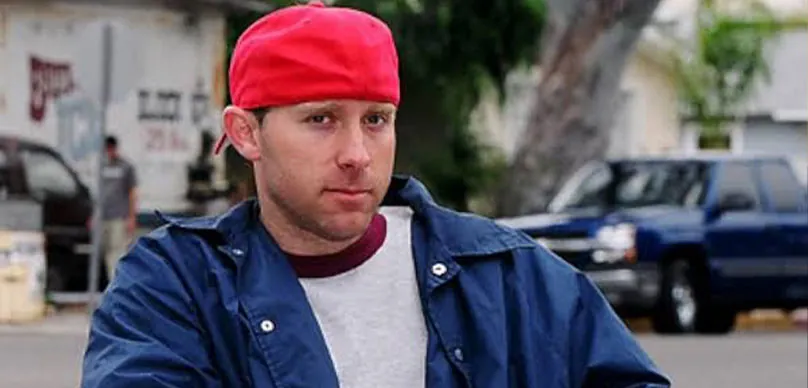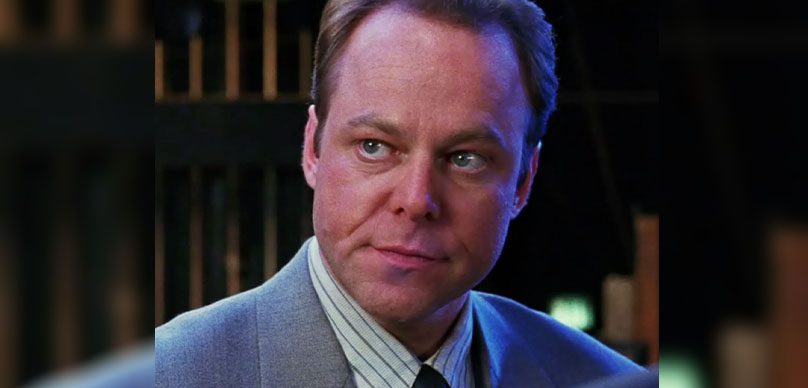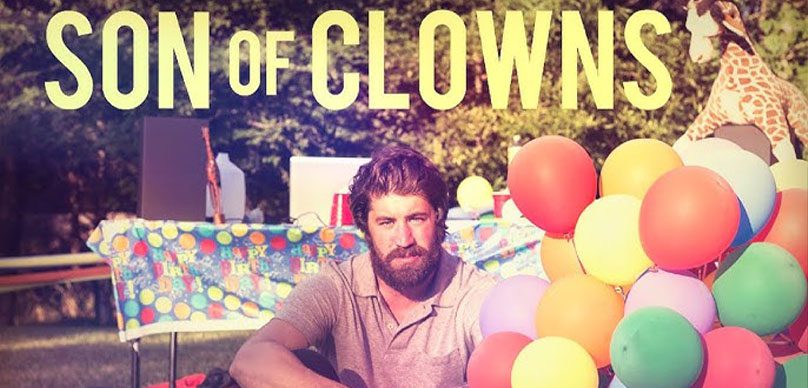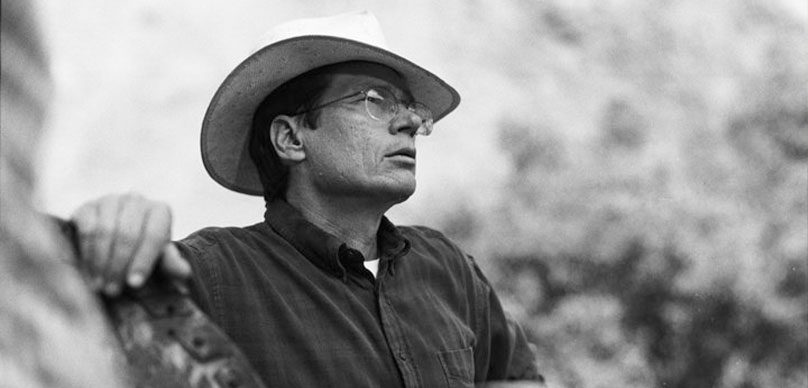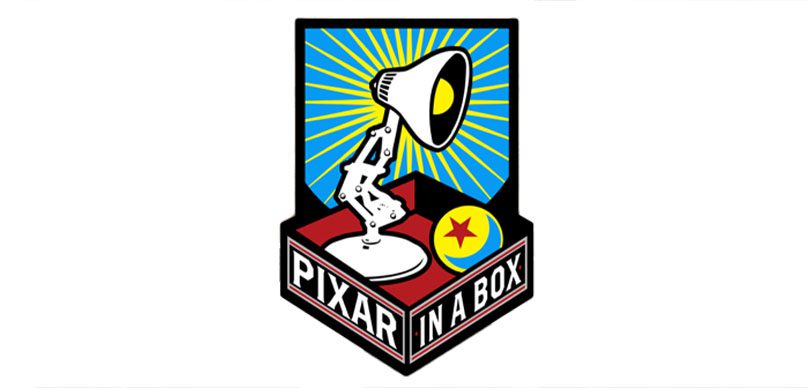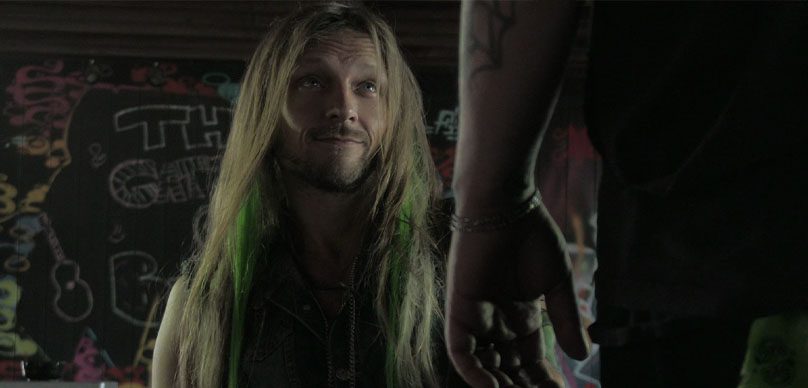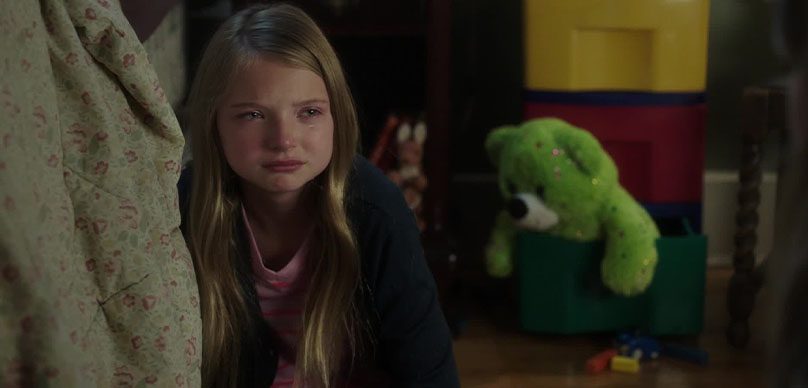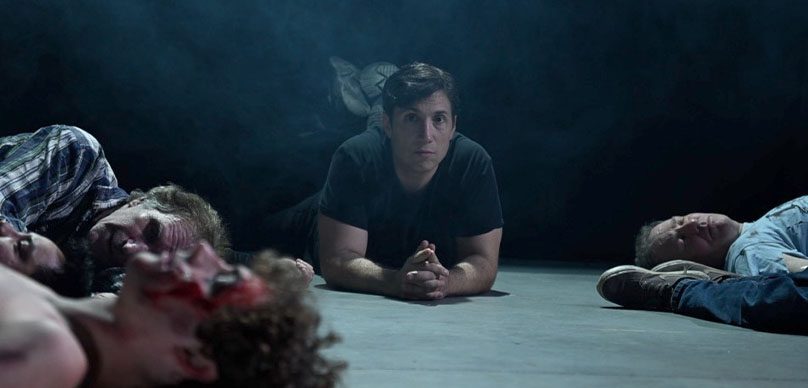The making of films is less about capturing perfection and more about living through the process—messy, unpredictable, and deeply human. On today’s episode, we welcome Rocky Costanzo, a filmmaker who carved his path from television extra to independent director, learning each lesson of cinema the hard but honest way.
Rocky Costanzo is a filmmaker who began as a young actor but found his true passion behind the camera, crafting independent features that reflect both his resilience and devotion to storytelling.
His first encounters with film sets were not in lecture halls or classrooms, but in the background of television shows like The Wonder Years. What should have been a fleeting job became his first apprenticeship. Rocky recalls sneaking back on set during breaks, just to watch the crew arrange lights, position cameras, and orchestrate the magic of filmmaking. “I was just so fascinated by watching them setting up the lights and the camera,” he said, a moment that would forever shift his desire from being seen on screen to shaping the vision behind it.
Without the traditional structure of film school, Rocky leaned into resourcefulness. Public access television became his first real training ground. Borrowing cameras, experimenting with horror shorts, and airing his projects on local stations, he treated every attempt as an opportunity to fail, learn, and grow. In those early days, lighting a scene with hardware store lamps or creating dolly shots with rollerblades wasn’t just necessity—it was the spirit of independent filmmaking. This was his film school: raw, improvised, and endlessly instructive.
As he moved into feature films, Rocky discovered that each project carried its own unique education. His first taught him the importance of lighting, his second drilled in the hard realities of sound, and later projects revealed the subtleties of directing actors. Having come from an acting background himself, he understood the need for trust. Rather than dictating every move, he encouraged his cast to breathe life into their characters naturally. In his words, “I don’t want to be the puppeteer… I like to see them play, because I think it brings out a natural performance.”
Yet, filmmaking is not only about working with actors; it is about shaping a vision in the face of constraint. Rocky spoke candidly about the evolution of independent film—how digital technology made production more accessible, while simultaneously making distribution more difficult. Once, the battle was to gather enough crew and resources to shoot a film; now, the greater challenge is ensuring it gets seen. Still, Rocky insists that the principle remains unchanged: “Story, story, story—that’s what lasts.” Technology may alter the tools, but never the essence.
This commitment to story over spectacle is evident in his more recent project, Ditch Party. Unlike his earlier films, this was not born from his pen but handed to him as a director’s challenge. Set largely in one room, the film demanded restraint and focus, forcing the story to thrive on dialogue, tension, and human vulnerability. Rocky described the camera itself as becoming “another character,” confined with the students during a harrowing school tragedy. The limitations of the single location did not hinder the film—it sharpened it, reminding both filmmaker and audience that true power lies not in special effects or sweeping visuals, but in the raw immediacy of human drama.
For Rocky, filmmaking has always been about persistence. Whether improvising with low-budget equipment, navigating unfinished projects, or adapting to new roles, his journey is a living testament to resilience. “You just got to have the love, you got to have the passion. Gotta just want to make movies,” he reflected. Those words distill the filmmaker’s path into its simplest truth: passion is the only fuel that lasts.

